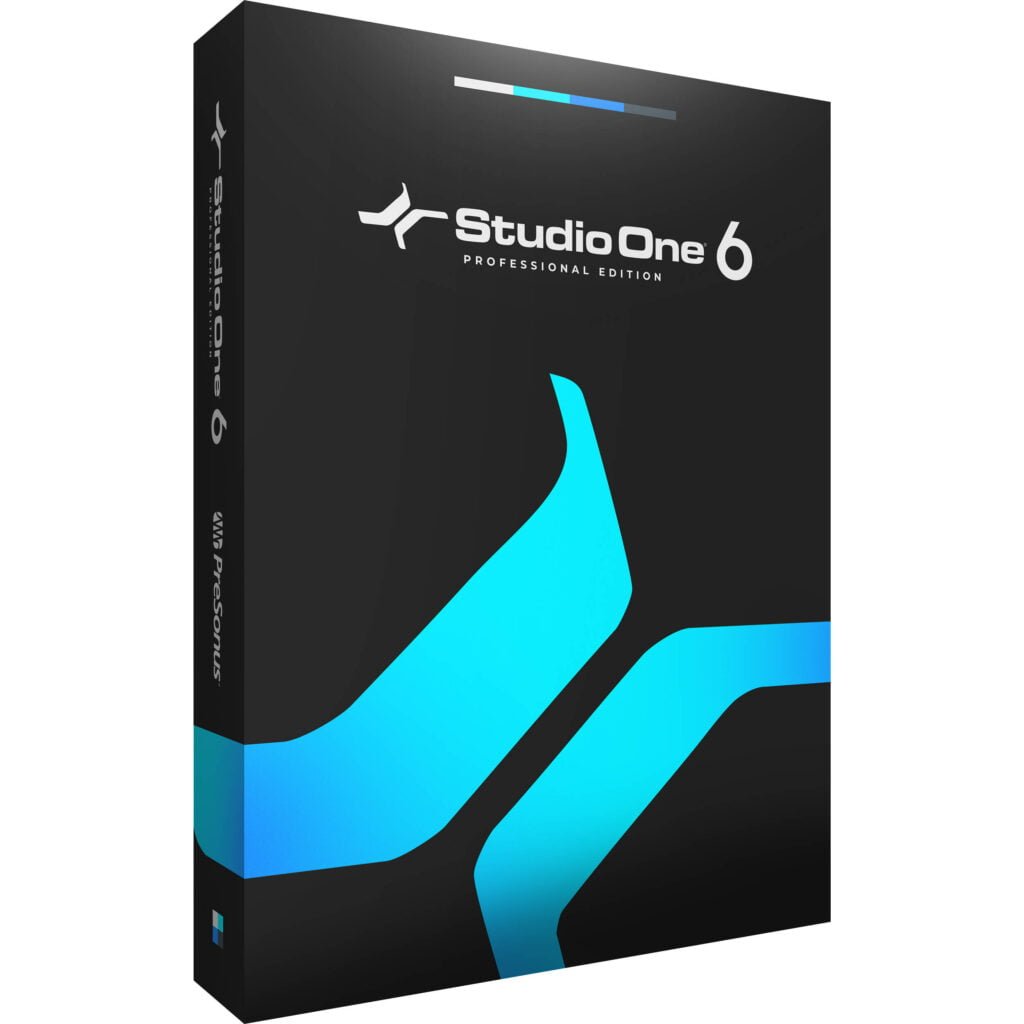Music production software, also known as digital audio workstations (DAWs), plays a crucial role in the creative process of musicians, producers, and audio engineers. These software applications offer a wide range of tools and features to record, edit, arrange, and mix music. With numerous options available in the market, it can be challenging to choose the right music production software for your needs. In this article, we will explore the top six music production software options that are widely recognized and utilized in the industry.
Table of Contents
- Introduction to Music Production Software
- Ableton Live
- Apple Logic Pro X
- FL Studio
- PreSonus Studio One 6
- Steinberg Cubase
- Bitwig Studio
- Conclusion
- FAQs
1. Introduction to Music Production Software
Music production software provides a digital platform for creating and manipulating music. These software applications typically offer features such as multitrack recording, virtual instruments, MIDI sequencing, audio effects, and mixing tools. They enable musicians and producers to compose, arrange, and produce music with flexibility and control. Let’s explore the top six music production software options:
2. Ableton Live

Ableton Live is a popular music production software known for its versatility and live performance capabilities. It offers a unique session view and arrangement view, allowing users to create and perform music in a nonlinear and improvisational manner. Ableton Live provides a wide range of virtual instruments, audio effects, and advanced MIDI and audio editing tools. It is favored by electronic music producers and DJs for its intuitive workflow and real-time performance features.
3. Apple Logic Pro X

Apple Logic Pro X is a comprehensive music production software designed exclusively for macOS. It offers a powerful set of tools for recording, editing, and mixing music. Logic Pro X provides an extensive library of virtual instruments, effects, and loops, enabling users to explore various genres and styles. With its user-friendly interface and advanced features like Flex Time, Flex Pitch, and Smart Tempo, Logic Pro X is widely utilized by professional musicians and producers in a wide range of music production applications.
4. FL Studio

FL Studio, formerly known as FruityLoops, is a popular music production software that caters to both beginners and professionals. It offers a highly customizable workflow and a wide range of virtual instruments and effects. FL Studio features a pattern-based sequencing approach, allowing users to create complex arrangements with ease. With its intuitive interface, extensive plugin support, and powerful mixing and mastering tools, FL Studio has gained a loyal user base in the electronic music-production community.
5. PreSonus Studio One 6

Studio One 6 Professional v6.1.1 for Windows is an advanced digital audio workstation (DAW) software designed to meet the needs of professional music producers, engineers, and composers. With its powerful features, intuitive interface, and extensive collection of tools, Studio One 6 Professional offers a comprehensive solution for music-production on the Windows platform.
6. Steinberg Cubase

Steinberg Cubase is a comprehensive music-production software that offers a wide range of creative tools and features. It provides a flexible environment for composing, recording, editing, and mixing music. Cubase offers advanced MIDI capabilities, virtual instruments, and audio effects to support various musical genres. With its professional-grade audio engine, extensive plugin support, and intuitive workflow, Cubase is favored by professional musicians, composers, and producers around the world.
7. Bitwig Studio

Bitwig Studio is a versatile music-production software that has gained popularity among musicians, producers, and sound designers. With its latest release, Bitwig Studio v4.4 for Windows, the software introduces several exciting features and improvements that enhance the creative workflow and provide users with a seamless music production experience. In this article, we will explore the new additions and advancements brought by Bitwig Studio v4.4, along with its benefits for Windows users.
8. Conclusion
Choosing the right music production software is essential for musicians and producers to unleash their creative potential. The top six music production software options discussed in this article—Ableton Live, Apple Logic Pro X, FL Studio, PreSonus Studio One 6, Steinberg Cubase, and Bitwig Studio—offer powerful features and tools to meet the diverse needs of music creators. Whether you prioritize live performance, advanced editing capabilities, industry-standard quality, or a modular approach, there is a software option that suits your preferences and workflow.
Can I use music production software on both Mac and Windows?
Yes, most music production software is available for both Mac and Windows operating systems. However, it is always advisable to check the system requirements of the software before purchasing or installing.
Can I use third-party plugins with these music production software?
Yes, the majority of music production software supports the use of third-party plugins, allowing users to expand their sound libraries and access additional effects and instruments.
Are these music production software suitable for beginners?
Yes, many of the mentioned music production software options provide user-friendly interfaces and tutorials, making them accessible to beginners. However, the learning curve may vary, and it is recommended to explore demos or trial versions to find the software that aligns with your skill level and workflow.
Can I export my projects to other DAWs?
Most music production software allows for project exports in standard formats such as MIDI, audio, or stems, which can be imported into other compatible DAWs for collaboration or further editing.
Where can I purchase these music production software?
You can purchase these music production software directly from the official websites of the respective software developers or authorized retailers. It is always recommended to obtain software licenses from trusted sources.
